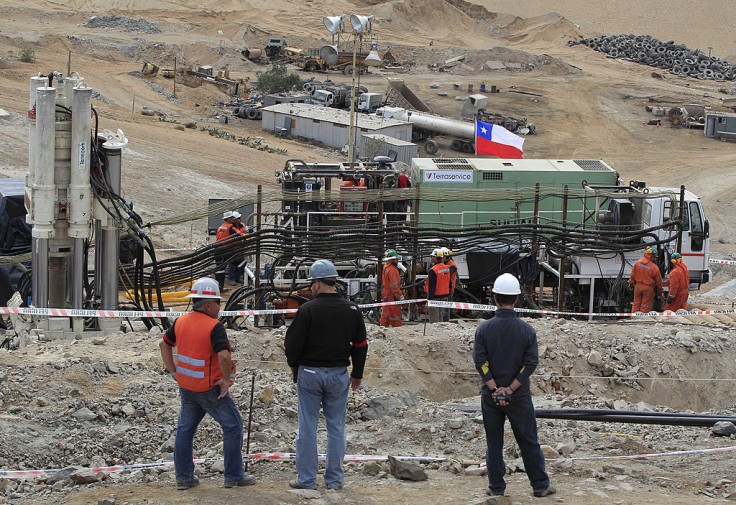One August 5, 2010, a disaster left 33 miners trapped at a mine in Chile's Atacama Desert. The miners were trapped at 2,050 feet vertically underground in a small copper-and-gold mine.
The situation is dire and the rescue seems to be an impossible mission. It seems that only a miracle could save the 33 miners. But on October 13, 2010, with science, engineering and faith, all 33 miners made it to the surface safe. How were the miners rescued?

The Accident That Trapped the Miners
The unexpected disaster started on a day shift at around lunchtime. The miners are working inside a mountain, mining for copper, gold and other minerals when they started to feel the vibrations.
The vibrations were followed by a massive explosion and suddenly, the passageways of the mine was filled with dust cloud.
Once the dust settled, the miners found out what caused the explosion: "There a single block of stone as tall as a forty-five-story building that had broken off from the rest of the mountain. It had fallen through the layers of the mine, which caused a chain reaction as the mountain above it began collapsing, too," as per NPR.
The megablock of stone trapped 33 miners inside the mountain. There's 770,000 tons of it sealing the passageway.
Several hours after the accident, the mine's owners, local private company Compania Minera San Esteban Primera, informed the authorities, telling that they first had to assess the situation.
Read Also: ESO Shares Photo of Milky Way Galaxy with Two of Its Telescopes
The Efforts to Save the 33 Miners
On August 6, the rescue workers began moving toward the shelter through a ventilation shaft but a day later, they are forced to abandon that route when a fresh cave-in blocks the duct, according to Reuters.
On August 22, a drill reached a depth of 2,260 feet. The rescuers then heard tapping on the drill. Later in the afternoon, a note from the miners was tied to the drill saying: "The 33 of us in the shelter are well."
A second probe reached the miners on August 23. Communication between the rescuers and the miners now became possible.
The rescuers are also able to send food and water to miners. Prior to this, the miners were able to make it by sharing small amounts of tuna and mackerel in the shelter, as per Reuters.
On August 31, the drilling starts for "Plan A" and a few days after, on September 3, the Schramm T-130 drill, or known as "Plan B," arrived at the rescue area. The Schramm T-130 drill is typically used for boring water holes.
By September 17, Plan B was able to bore a hole that reached the 33 miners but the hole is only 12 inches wide. A few days later, on September 22, the rescuers started drilling for "Plan C."
The rescue workers used a rescue capsule to haul the miners to the ground. On September 25, the rescue capsule arrived at the mine.
Two additional capsules plus a winch, which is a device used for winding and tension adjustments, arrived at the mine site on October 6, Reuters reported.
By October 7, Plan B drill is already less than 100 meters from the target. Two days after, on October 9, 2010, the Plan B drill was able to break through the roof of the mine and the rescuers finished drilling an escape shaft.
Finally, On October 13, all 33 trapped miners were hauled to the surface after two months of being trapped underground.
Related Article: Chile Earthquake: Christmas Celebration Disrupted By Magnitude 7.6 Tremor









